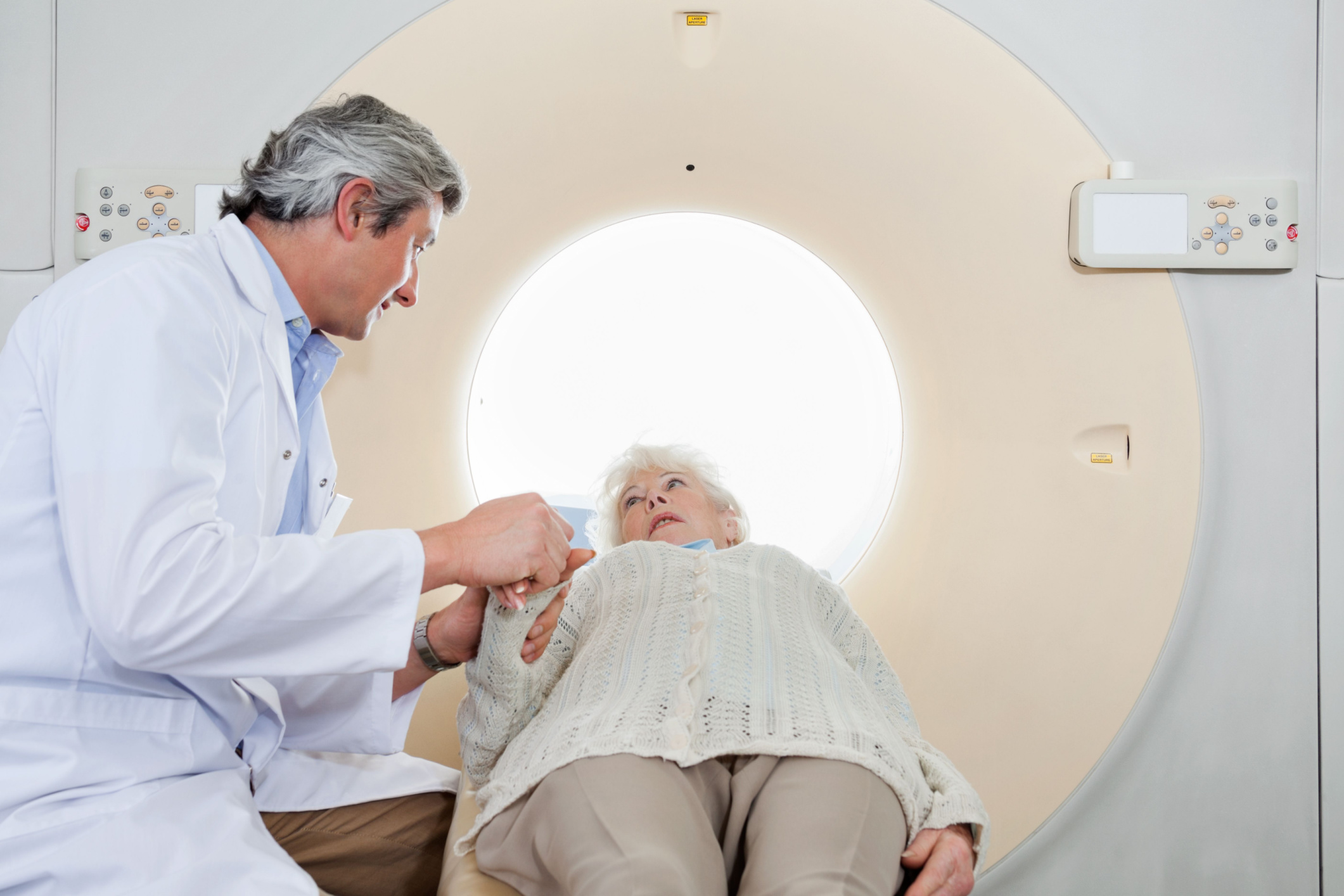
A five-minute full-body MRI scan could soon become a reality with the help of a promising new Artificial Intelligence (AI) method, helping ease anxiety around the process and allowing more patients to access the scan.
MRI scans can take up to 60 minutes, depending on the size of the area being scanned but new software is capable of completing scans 10-times faster than current MRI technology, giving it the potential to reduce scan times to just minutes and boost the number of patients accessing diagnostic services.
In a new study, Monash University researchers have shown how their novel AI technology, McSTRA, outperformed state-of-the-art methods, producing enhanced clinical imaging in record time.
With more than 30 million Australians reliant on diagnostic services every year, some patients are forced to wait weeks to secure an appointment, creating significant delays to receiving a diagnoses.
Furthermore, the nature of an MRI scan sees patients slid into a coffin-like device where they must lay perfectly still for some time. This procedure has caused panic attacks and claustrophobia for some patients.
Study senior author, Associate Professor Zhaolin Chen, Head of the Imaging Analysis at Monash Biomedical Imaging, said faster scan times could reduce patient discomfort.
“McSTRA uses superior deep-learning technology to simultaneously enhance MRI image quality and enable unprecedented scan times,” Associate Professor Chen said.
Lead researcher and Monash PhD candidate Mevan Ekanayake from the Department of Electrical and Computer Systems Engineering said reducing delays to diagnostic imaging services could save lives by enabling more timely treatment, particularly for at-risk patients.
“When tested on abnormalities in the knee, our research showed that McSTRA could complete scans 10-times faster, and produced clearer, more clinically accurate diagnostic imaging compared to the latest technology,” Mr Ekanayake said.
Mr Ekanayake added that high-risk patients waiting on an urgent diagnosis would also benefit most from speedier scan times, along with those living in regional and remote areas where less diagnostic services were available.
His 60-second video shows how the technology could be used to improve lives.
If further validation of the method is successful, the researchers hope to see it incorporated by manufacturers into next generation MRI equipment for use in patient settings.